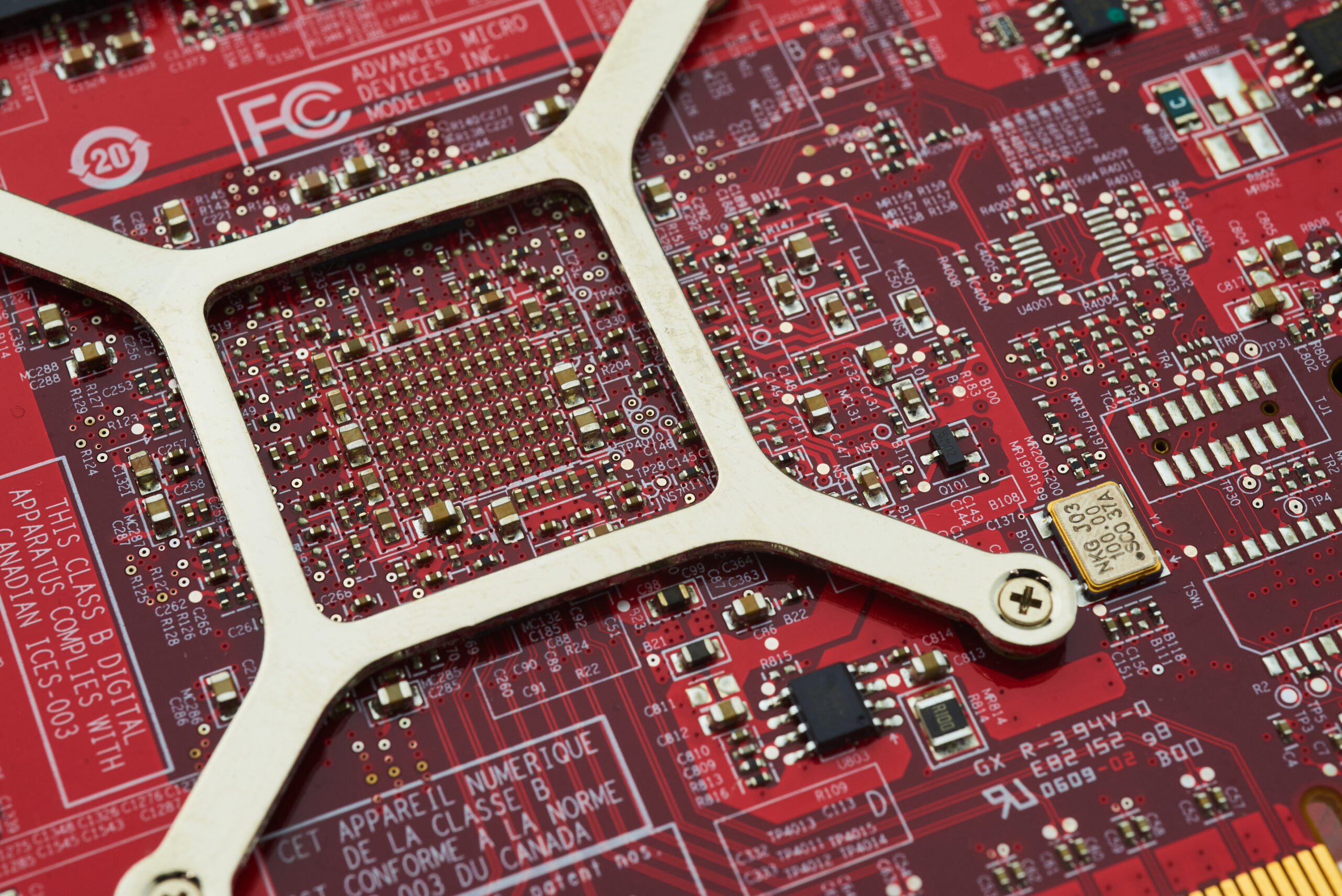Grasping Fiber Secondary Covering Systems
Are you aware that over 90% of worldwide web traffic relies on fiber optic technology? This information emphasizes the criticality of each part in fiber optic cable manufacturing, notably the fiber secondary coating line. These systems are vital for ensuring the fiber optic cables’ durability and functionality.
This article will investigate the complexities of fiber auxiliary coating systems. We will discuss their crucial importance in shielding fiber optics. Moreover, we will consider how these setups boost fiber strength and efficiency. This information is vital for those engaged in fiber secondary coating line technology and production.
Introduction to Fiber Optic Technology
Optical fiber technology has transformed information transfer, employing light waves over electrical ones. This technique ensures fast communications with reduced attenuation. At the center of this technique exist the foundations of fiber optics. These basics are supported by a complex structure. It includes a core, coating, layer, reinforcing strands, and a protective jacket. Each element is crucial for the technology’s functionality.
The system’s integration into communication networks has reshaped our data exchange system. It efficiently manages high data traffic, supporting online, phone services, and television services. Therefore, fiber optics not only enhances functionality but also provides reliability worldwide.
Exploring Fiber Auxiliary Coating Lines
A fiber secondary coating line is a collection of specialized equipment and operations. It applies protective layers to fiber strands after production. This secondary coating is crucial for the fibers’ resilience and functionality. It defends them from environmental and mechanical risks. The critical role of layers in preserving fiber optic strength is clear.
Meaning and Relevance in Optical Fiber Manufacturing
The auxiliary layering operation is critical in fiber optic manufacturing. It involves covering the glass fibers with a polymeric covering. This cover safeguards the strands during deployment and use. It prolongs the durability of fibers by minimizing damage from flexing, abrasion, and pollutants.
Without these layers, strands would be vulnerable to fracture and operational challenges. This process is essential for preserving the optics’ strength.
The Purpose of Coverings in Protecting Fiber Strands
Coatings are key in maintaining the optical clarity and physical strength of optics. They serve as a barrier against physical stress and environmental factors. The role of layers is clear; they enhance the fiber durability. This ensures smoother deployment and a extended operational period.
This attention to additional covering is key for those in optical fiber technology. It’s a aspect that substantially influences the fiber’s effectiveness and longevity.
Elements of Optical Fiber Auxiliary Coating Systems
The fiber secondary covering process is a intricate setup, consisting of numerous critical parts. These components are vital for creating premium outputs. They aid in understanding how a fiber optic secondary coating machine functions and what it requires to operate effectively.
Key Machinery Overview
Key machines like fiber spoolers, gel applicators, polymer applicators, junction units, and temperature control systems constitute the heart of the secondary covering process. Each piece of equipment is essential for the covering procedure. For instance, the extruder heats the coating material, and the junction unit covers it uniformly around the strand. These elements must work together to guarantee uninterrupted operation and item reliability.
Materials for Auxiliary Covering
The selection of raw materials for coating is vital for obtaining the desired performance. Ultraviolet-hardened acrylic substances are commonly chosen for their excellent shielding properties. These substances protect the fiber, increase its durability, and improve general effectiveness. The appropriate combination of substances guarantees the final product adheres to regulatory benchmarks and user needs.
Grasping the Secondary Layering Procedure
The additional layering procedure is essential in the fabrication of fiber optics, delivering essential defense to the freshly manufactured optics. This procedure consists of the coating with defensive layers to enhance the fiber’s resilience and performance. The schedule of this operation is critical; it guarantees optimal adhesion, thereby minimizing material loss and enhancing production efficiency.
Producers use different covering methods, including polymer application and gel application, to customize particular covering characteristics and thicknesses. Each method offers distinct advantages, appropriate for diverse strand operations and requirements. As the demand for top-notch fiber strands increases, advancing the secondary layering procedure is crucial. It is crucial for adhering to industry benchmarks and advancing coating technology.
Importance of the Fiber Draw Tower in Coating Configuration
The fiber draw tower is crucial in the production of fiber optics. It pulls optics from starting material while applying protective coatings as they solidify. The caliber of the extraction structure is essential, influencing the covering’s performance.
Operation of the Extraction Structure
The draw tower warms the starting material before extracting the optic at a controlled pace. This operation is essential for preserving the optic’s strength. As the strand comes out, coverings are applied without delay for even defense against external and physical harm. The layout of the drawing setup ensures ideal covering placement scheduling and bonding.
Link Between Drawing System and Layering Effectiveness
The drawing system’s caliber directly impacts the layering’s end quality. Variations in the drawing process can lead to inconsistent covering depth, impacting the fiber’s performance. Top-notch extraction structures eradicate these issues. A uniform coating configuration enhances physical strength, making the fiber ribbone line more durable and useful in diverse operations.
Qualities of Top-Notch Secondary Layering
Top-tier coverings are crucial for the performance and dependability of fiber optic systems. They must meet stringent structural and optical guidelines to ensure communication clarity. This awareness supports producers in developing more consistent items.
Structural and Optical Quality Benchmarks
Auxiliary coverings need to exhibit exceptional structural qualities. They must withstand physical strain and uphold effectiveness across various environmental conditions. This includes bonding strongly to the fiber’s core and stopping size changes. Furthermore, they should enhance visual transparency, enabling fast information exchange with reduced data degradation.
Importance of Adhesion and Resistance to Delamination
Attachment of the layer to the glass core is essential for the network’s durability. Without robust attachment, the risk of delamination increases, potentially causing breakdowns. Superior layers are engineered to prevent layer separation, providing durability and consistency across diverse operations. This toughness not only increases the optic’s durability but also improves functionality, underscoring the need for choosing top-notch covering substances.
Advancements in Secondary Layering Processes
The evolution of secondary layering processes is motivated by the quest for effectiveness and superior product quality. In the fiber optics market, the adoption of advanced covering tools is increasing. These developments feature real-time monitoring systems and enhanced extruder designs. Such tools enable fabricators to maintain superior guidelines while streamlining production processes.
Advances in Auxiliary Covering Tools
Recent advancements in secondary layering processes have revolutionized fabrication potential. New coating machines now offer precise control over the coating process. This results in enhanced regularity and performance in the final product. Mechanization and advanced system combination further enable faster production cycles with reduced human intervention. This not only minimizes errors but also enhances total productivity.
Comparison of Different Secondary Coating Line Technologies
Juxtaposing different auxiliary covering systems is crucial. Modular systems excel for their versatility and growth potential. They enable producers to adapt to changing manufacturing needs without major system modifications. In opposition, conventional systems are known for their reliability and established performance. The decision on method hinges on a firm’s particular requirements, cost considerations, and manufacturing objectives.
Advantages of Using Secondary Coating Lines
Secondary layering processes provide multiple advantages to producers in the fiber optics market. They enhance the production process, causing higher cost-effectiveness and enhanced item standards.
Economic Effectiveness in Manufacturing
Secondary layering processes are key to cutting manufacturing expenses. They reduce excess material and optimize processes, causing substantial economic effectiveness. This effectiveness boosts profit margins, rendering it crucial for companies seeking to remain ahead.
Improved Product Quality and Durability
Auxiliary covering systems also elevate product quality. The tough coverings coated through these lines boost the item strength of fiber optics. This translates to prolonged operational period and dependability, ensuring superior performance and customer happiness.
Implementations of Secondary Layering Processes
Optical fiber auxiliary covering systems are crucial across multiple fields, ensuring the consistency and performance of fiber optics. These strands are essential in telecoms, building the base for fast online connectivity. They facilitate efficient data transmission, connecting clients across the globe.
In the medical field, these optics are vital for operational devices and evaluation tools. Their exactness and resilience are essential for clinical operations. The applications of fiber secondary coating also extend to aviation and military, where they improve network setups and sensor technologies.
Consumer electronics benefit greatly from the improved strength of these optics. They aid gadgets used in tough environments. The adaptability of these optics enables cutting-edge products, rendering them essential in today’s modern tech landscape.
Effect of Auxiliary Covering on Optical Fiber Functionality
The auxiliary covering is essential for boosting fiber strand effectiveness, focusing on optic resilience and microbending effects. A carefully crafted covering can substantially lower minor optical fiber flaws that may result in collapse under strain.
Impact of Coverings on Fiber Durability
The tensile strength of fiber strands is vital for their consistency across different uses. Auxiliary coverings offer a shielding coat that mitigates pressure, lowering the likelihood of splitting. This shielding coat provides that fibers maintain their physical strength under external pressures, guaranteeing reliable functionality throughout their lifespan.
Minor Bending Effects and Their Relevance
Light distortion can alter optical paths within fiber optics, resulting in communication issues. Effective secondary coatings reduce these bending issues, guaranteeing strands preserve their visual characteristics even in challenging settings. By minimizing light distortion, manufacturers can ensure optical fiber strands deliver high performance and resilience throughout their lifespan.
Industry Shifts and Developments in Auxiliary Covering
The optical fiber auxiliary covering industry is witnessing significant shifts, motivated by the requirement for improved functionality and environmental responsibility. This change is led by the exponential growth in data communications, heightening focus on the significance of high-quality compounds and innovative coating processes. These trends highlight the importance of using top-tier compounds and methods in the covering market.
New Developments in Covering Methods
Progress in layering techniques have led to the development of new plastic substances. These materials offer exceptional physical qualities and eco-friendliness. Such advancements not only enhance the durability of fiber optics but also lessen the carbon footprint. Furthermore, advanced fabrication processes provide greater accuracy in placement, leading to consistent product quality.
Future Prospects for Secondary Coating Lines
The forecast for secondary layering processes is expected to feature the adoption of mechanization and intelligent tools. These innovations are anticipated to simplify manufacturing, thereby lowering expenses and enhancing product quality. As the industry continues to evolve, the emphasis will remain on innovation and discovery. This will drive further innovations targeting satisfying the need for fast information exchange and sustainability.
Obstacles in Auxiliary Covering
The fabrication of fiber strand layers faces numerous challenges that influence manufacturing productivity and item excellence. A major issue is the challenge of ensuring uniform covering depth across various fiber types. Such differences can lead to layering issues, affecting the optics’ general functionality and reliability.
Achieving strong bonding between the layer and the strand is another vital obstacle. Weak bonding can result in the covering to malfunction quickly, whether in the initial stages or later in use. Furthermore, impurities in the layering operation pose significant manufacturing hurdles. These impurities can compromise the covering’s strength and functionality. Producers must manage complying with tough eco-rules with progress in fabrication to surmount these obstacles.
Resolving these issues is essential to satisfy the increasing industry needs. It prepares the ground for improved durability and dependability in fiber strand operations.
Overview of Secondary Layering Processes
The recap of secondary layering processes highlights their vital function in producing consistent and superior fiber optic cables. These setups not only enhance the structural and optical qualities of fiber strands but also protect them from external dangers. This ensures the optics maintain their integrity over their operational life.
Improvements in systems have taken the benefits of compact fiber unit to unprecedented levels. They improve manufacturing productivity, reduce excess, and lead to superior product quality. The advancements allow firmer attachment and durability against problems such as layer separation, which significantly impacts effectiveness.
Grasping the significance of optical fiber auxiliary covering systems helps those involved in the optical fiber industry make educated decisions. This knowledge results in better output standards and fabrication effectiveness. Such improvements are crucial in today’s challenging industry.
Frequently Asked Questions
What does a fiber secondary coating line mean?
A secondary layering process is a arrangement designed to apply protective layers to fiber strands. This procedure happens following fiber pulling, providing the fiber strands’ resilience and effectiveness.
Why is the secondary coating process important in fiber optic manufacturing?
The secondary layering procedure is vital. It defends the optics from mechanical and environmental risks. This boosts their durability and consistency, while upholding their visual characteristics.
What are the main components of a fiber secondary coating line?
Essential parts include fiber spoolers, gel units, coating machines, connection points, and cooling systems. These elements operate in harmony to add shielding coverings to fiber strands.
Common substances in auxiliary covering?
Typically selected compounds are UV-cured acrylate polymers. These offer a shielding coat against damage from bending, abrasion, and contaminants.
Role of the extraction structure in auxiliary covering?
The fiber draw tower regulates the pulling of strands from initial shapes and adds shielding layers as they solidify. This significantly influences the coating quality.
What mechanical and optical performance standards do secondary coatings need to meet?
Additional layers must adhere well to the glass core, avoid coating detachment, and withstand physical stress. This enhances the tensile strength and light transmission of the fiber optic cables.
New developments in secondary layering processes?
New developments comprise improved polymer applicators and real-time monitoring for quality assurance. These advancements boost layering functionality and operational efficiency.
Perks of secondary layering processes for fabricators?
Secondary coating lines lead to economic effectiveness in manufacturing, better output standards, reduced material waste, and increased durability and performance of fiber optics.
Uses of secondary layering processes in different fields?
These systems are applied in telecoms, healthcare, aviation, and consumer electronics. They offer resilient strands for rapid web access and data facilities.
How do secondary coatings impact the tensile strength of optical fibers?
Additional layers protect minor flaws and minimize minor bending issues. This guarantees the optics maintain their light transmission qualities and perform consistently under different environments.
Obstacles in auxiliary covering production?
Fabricators encounter obstacles like achieving even layer dimensions, maintaining firm attachment, stopping impurities, and following green regulations while advancing technology.
What future trends can be expected in the fiber secondary coating market?
The sector is expected to see more robotics, smart technology integration, and advancements in polymer materials. These should boost green practices and covering efficiency.


